https://materiaprima.site

Artisan
Text: Yoshiko Nagai
2024.11.01
A little spider is walking along the frame of the shoji. The way it carries its slender legs is so beautiful that I find myself enraptured by it. I wonder if the soft white texture of the paper panels is highlighting the lines of its legs. But a doubt comes to mind: is “white” really the right choice of word? It’s a rainy afternoon and the room is aglow in a cold enveloping light. As evening gets closer, the light fades and the room feels colder—I realize how light can feel warm.
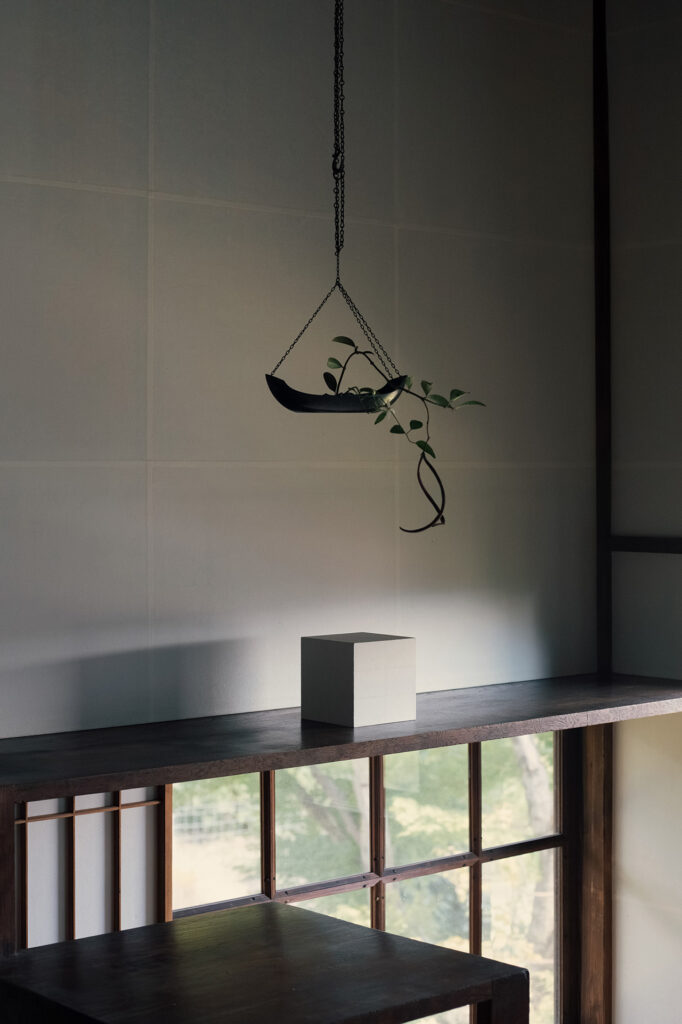
An exhibition by karakami craftsman Hiroshi Kado called “Arrangements with Paper by Kamisoe” was held at Chochikukyo, in Oyamazaki, Kyoto. Now an Important Cultural Property, Chochikukyo was built by Koji Fujii in 1928 as a private residence. At the beginning of the twentieth century, an international style centered around American and European tastes became the mainstream; it was a time when many architects aimed to create residences where anyone in any location could have a similar standard of living. During this era, Fujii thought long and hard about what kind of house would match not only the climate and natural features of Japan but also Japanese tastes.
The result of this was The Japanese Dwellinghouse, a publication by Fujii which sought to explain his research on Japanese houses through pictures and diagrams of the real-world example of Chochikukyo itself. Fujii didn’t just focus on the fixtures or furniture but on the possibilities that paper had as a way of distributing light.
Hiroshi Kado, who has worked with Kamisoe on various architectural projects over the years, took careful consideration of the physical space of the three buildings—the main house, the quiet house, and the teahouse (the secondary quiet house)—where the pieces were displayed. Kado made arrangements such as using the unique colors of karakami paper, which were chosen in response to the color and texture of the paper used in the rooms of Chochikukyo. You can really see the possibilities of the washi paper which work in a dynamic way in the space.
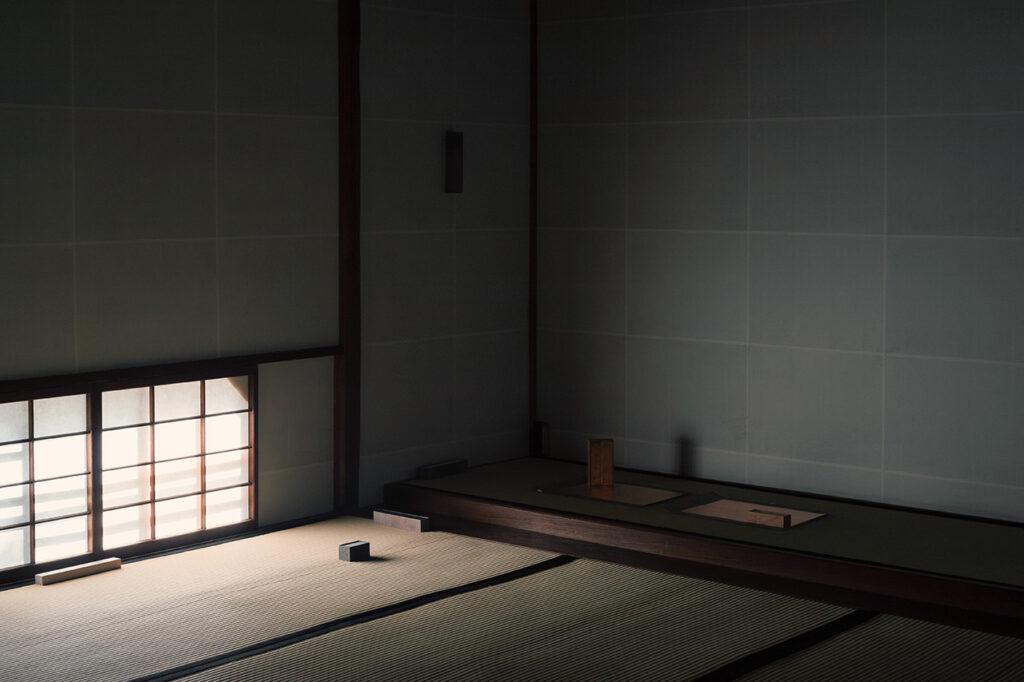
A box made using washi paper sits quietly by the shoji of the tearoom. The silver leaf on the front side of the box reflects the light during the day and absorbs the light during the night. In a corner of Kamisoe’s shop and studio in Murasakino, Kyoto, a number of similar boxes are stacked on top of one another. Made of different sizes and materials, the number of boxes changes depending on the day. They speak of Kado’s constant desire to challenge himself, to learn, and above all to enjoy the process as he experiments with new color and shape combinations.
The quality and color of the paper varies as the day progresses and the daylight changes. Each day brings its own unique light too and this light becomes the very quality of the whole space. The only way to feel these subtle changes is to live there. Perhaps Koji Fujii used his architectural works to create a conversation between the materials and our senses.
Photo: Maya Matsuura @mayanoue
Artisan
Lingering Memory / Michiko Van de Velde
2025.11.12
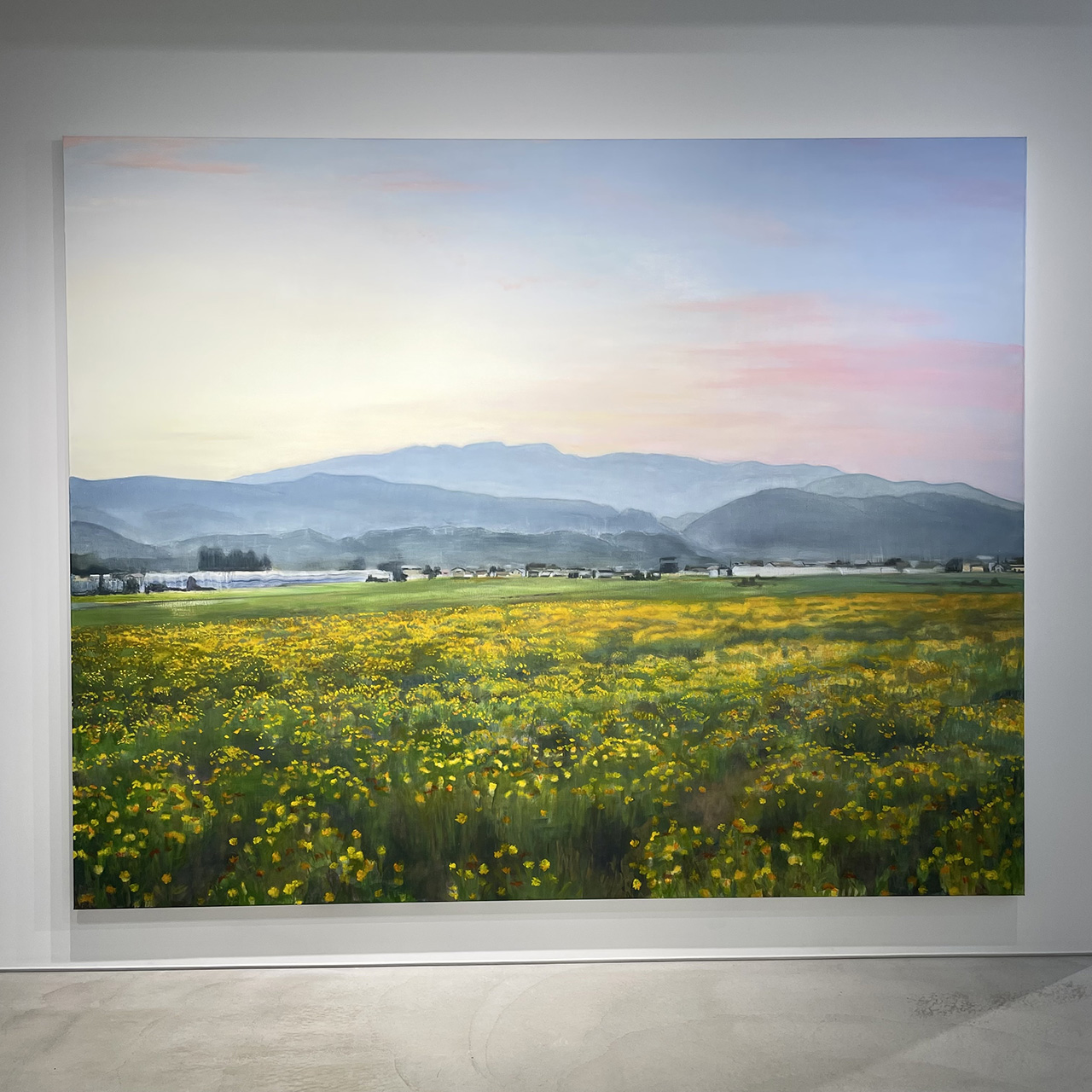
Artisan
Choreographies of the Everyday
2025.10.31
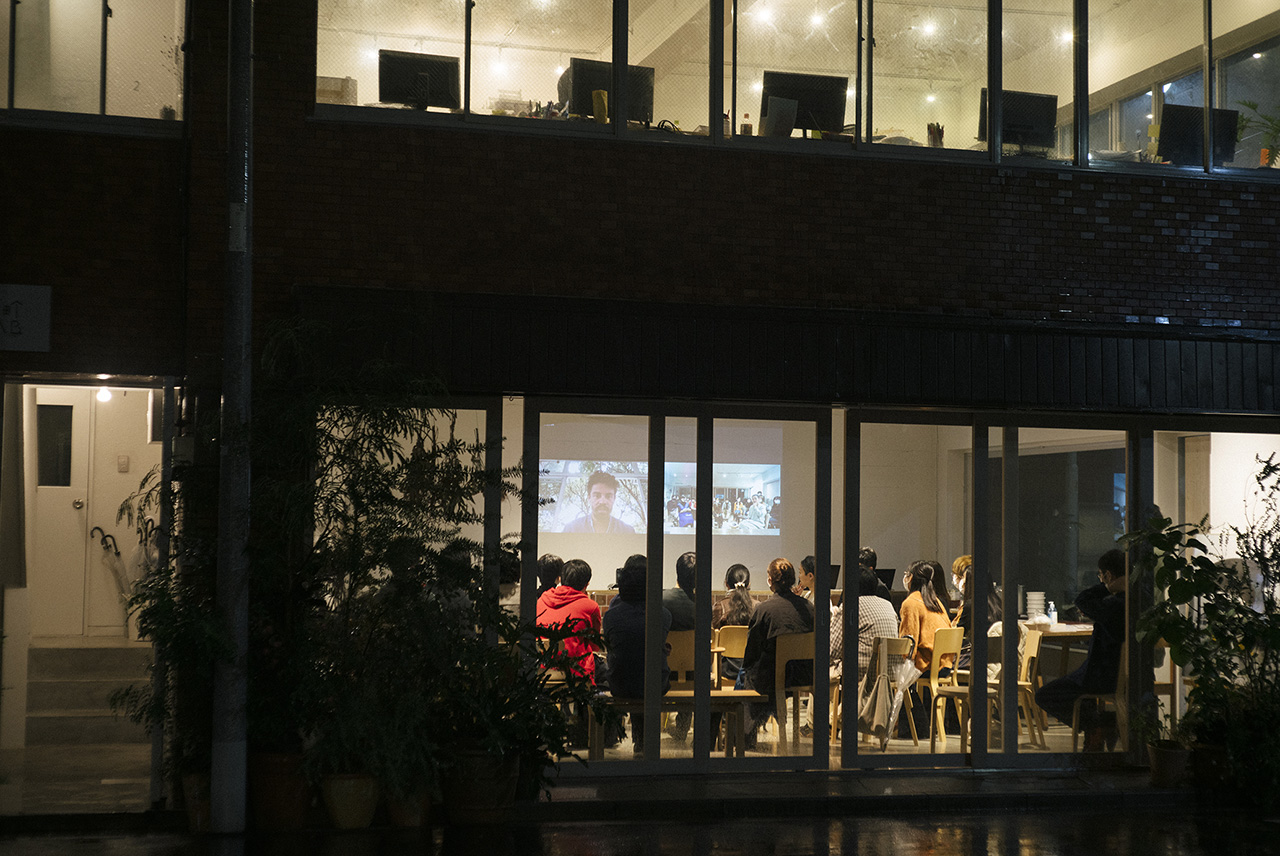
Artisan
Hiroshima Architecture Exhibition / Yurika Kono
2025.10.03
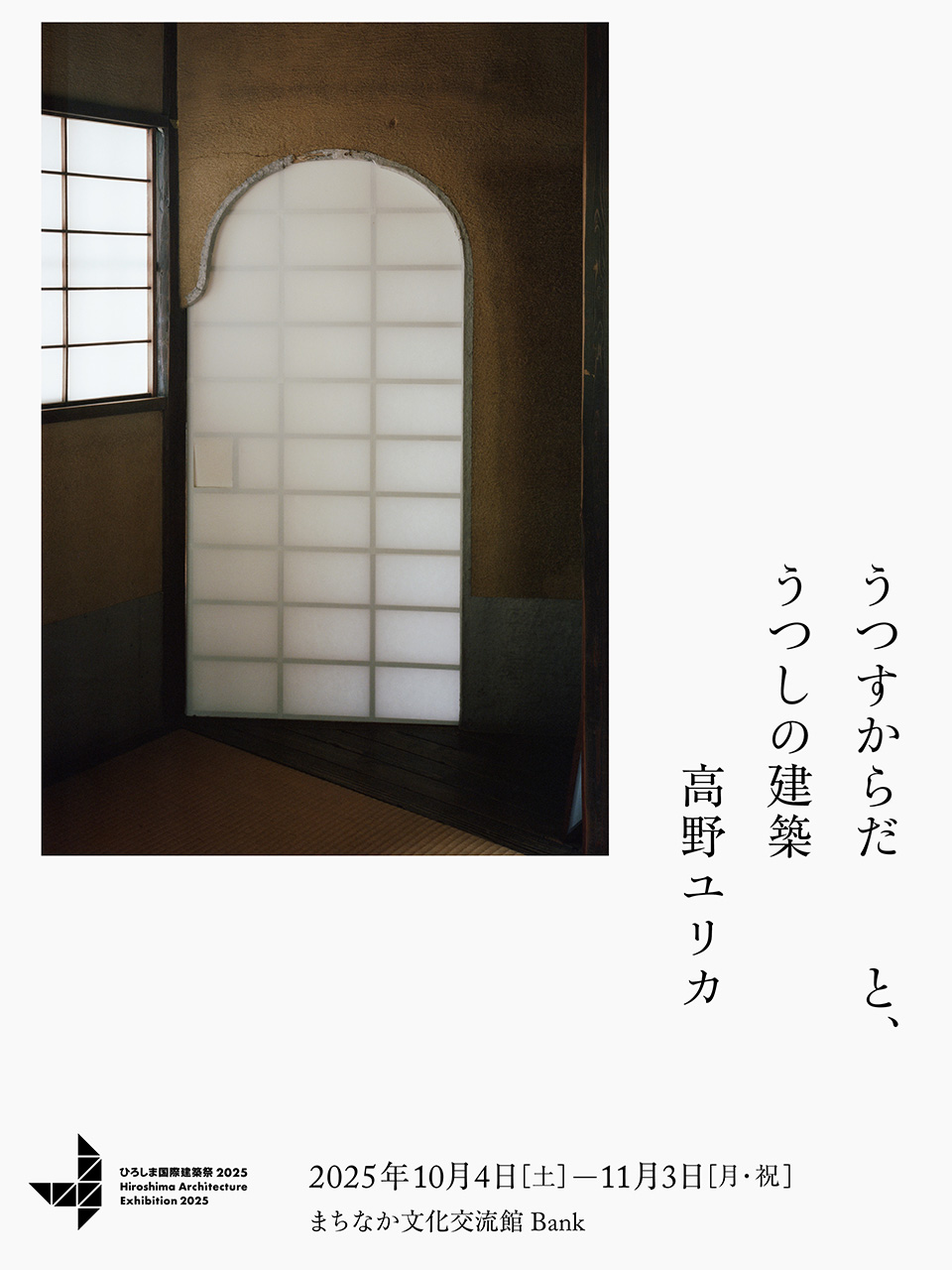
Artisan
Choreographies of the Everyday
2025.09.17
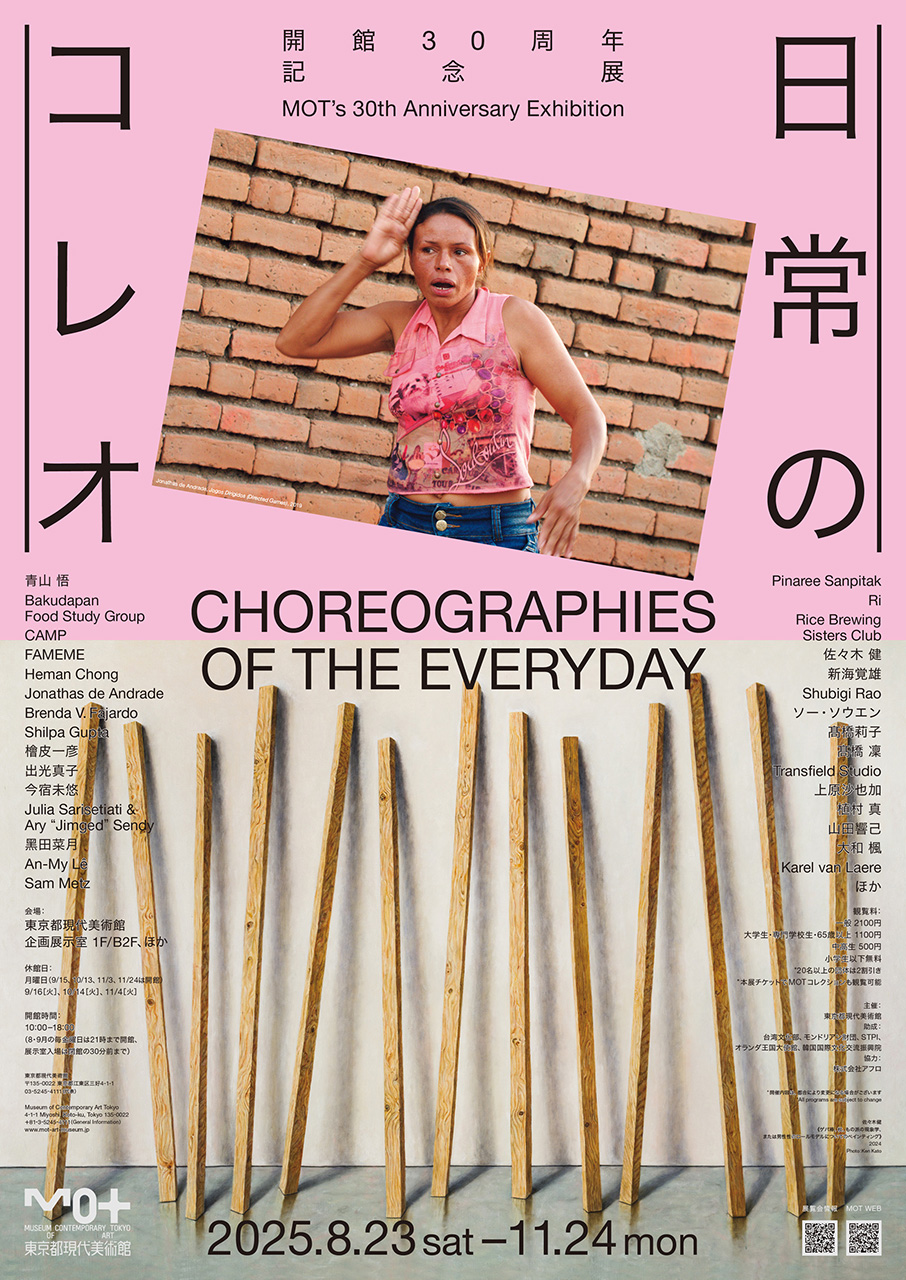
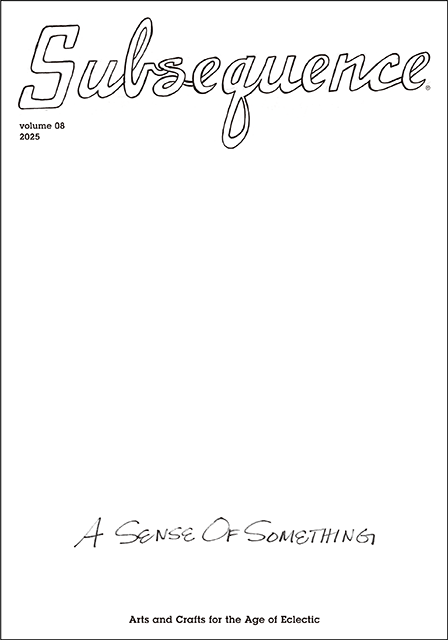
volume 08
2025-1st

Bilingual Japanese and English
260 × 372mm 148P
Release date: December 13, 2025